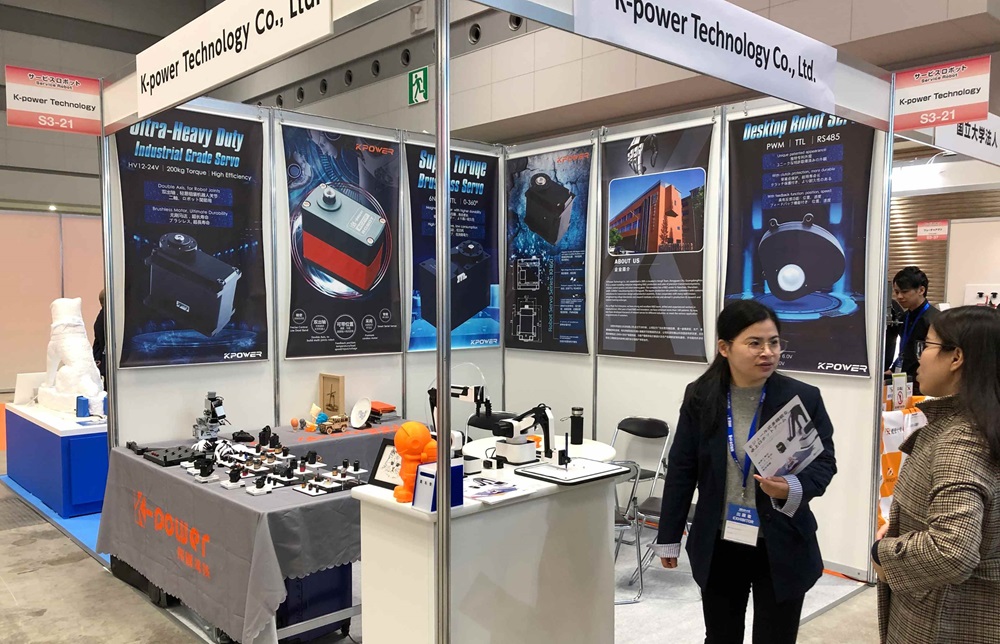Imagine this: you're tinkering in your workshop, doodling ideas for your next robot project. Among all those tiny nuts and bolts, there's this little hero—the SG90 servo motor. Ever heard about it? That tiny, yet mighty wonder that twists, turns, and makes your creation come alive. But here’s the kicker—what about its pin? Yeah, those pins matter more than you think.

Let's dive into it. The SG90 servo's pin configuration is surprisingly straightforward, but it packs a punch in its simplicity. It typically has three pins: signal, power, and ground. Think of them as the heartbeat, the oxygen, and the nervous system for your servo. The signal pin, often white or yellow, carries the commands—the magic words that tell your servo where to go. The power pin supplies the voltage—usually 4.8V to 6V—think of it as the fuel for the motor. And the ground pin, often black or brown, completes the circuit, ensuring everything runs smoothly.
Picture yourself connecting this tiny servo onto your custom-made drone or robotic arm. Do you want quick, precise movements? Make sure your signal pin is properly connected to the controlling microcontroller’s output. But what if you’re lost in the wiring maze? That's where clear pin labeling and proper circuit design come into play. It’s almost like giving your robot a well-organized nervous system.
Ever wondered why the pin layout is so consistent? The reason is for ease of integration—developers love standards. When you pick an SG90, knowing the pin configuration means fewer headaches and faster assembly. It’s like understanding the language before having a conversation. Plus, the plastic body of the servo is lightweight, making it perfect for projects where weight is critical, like drones or wearable tech.
One question I get a lot: "Can I swap out these pins if they break?" Absolutely. These pins are usually accessible. You can replace them with a similar size pin or use jumper wires, but make sure to keep the polarity right. Miswiring can damage the servo or cause erratic movements—that’s just a fact.
Some folks ask, "How do I know which pin is which?" Look at the color codes—white or yellow for signal, red for power, black or brown for ground. It's a system that, if you remember it, simplifies everything. When you’re working on a big project, clarity is king. No one wants a tangled mess of wires that makes troubleshooting a nightmare.
Why settle for a plain, boring component when you can get a servo with reliable pin standards that make your project smoother? The SG90 pin setup is designed for effortless integration—making it the go-to in hobbyist circles and professional prototypes alike. It’s like that reliable friend who’s always ready to lend a hand, just in tiny, precise movements that build your big ideas.
So, next time you’re assembling that robotic arm or tweaking your UAV, remember the humble SG90 servo pin—small in size, big in impact. With a clear understanding of its wiring, you’ll unlock a world of precision, efficiency, and endless possibilities.
Established in 2005, Kpower has been dedicated to a professional compact motion unit manufacturer, headquartered in Dongguan, Guangdong Province, China. Leveraging innovations in modular drive technology, Kpower integrates high-performance motors, precision reducers, and multi-protocol control systems to provide efficient and customized smart drive system solutions. Kpower has delivered professional drive system solutions to over 500 enterprise clients globally with products covering various fields such as Smart Home Systems, Automatic Electronics, Robotics, Precision Agriculture, Drones, and Industrial Automation.




































